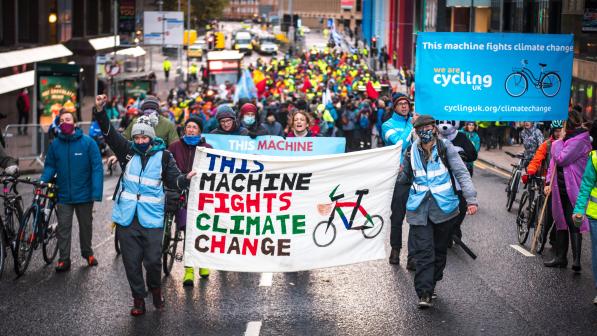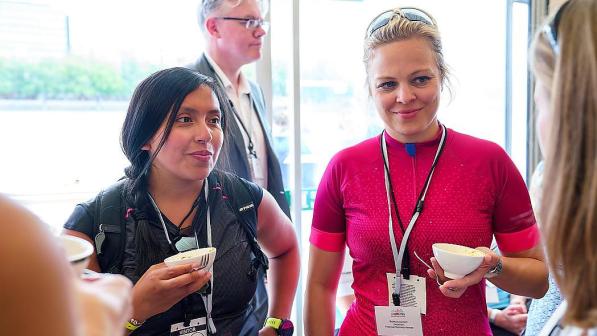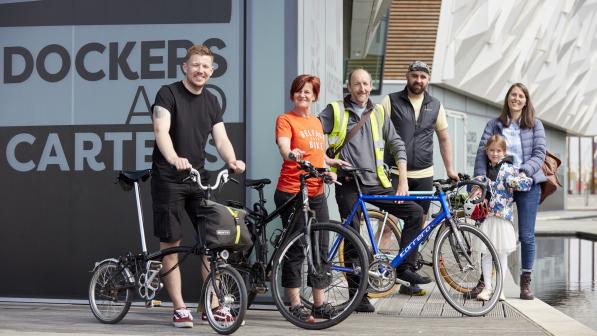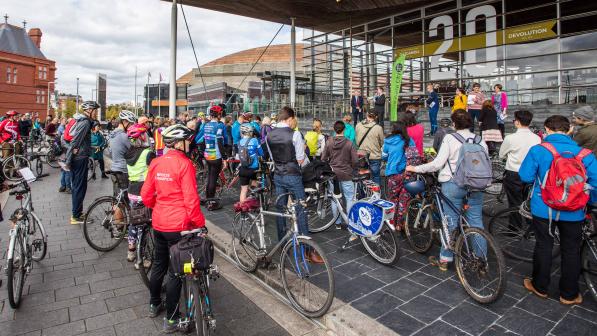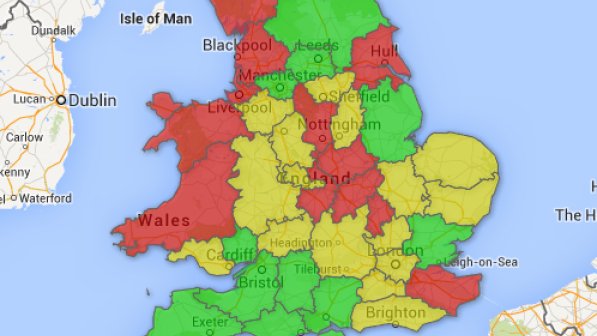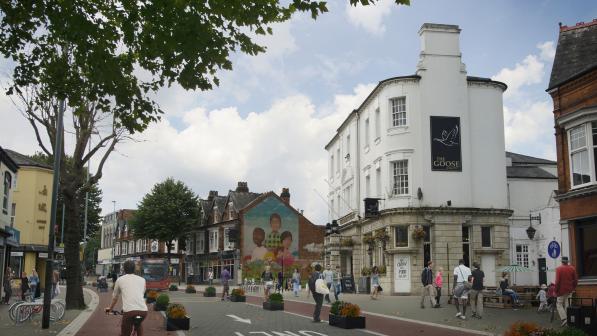How to organise a campaign stunt

Introduction
Campaigns need to be seen by the public and decision-makers if they’re going to work, but even with the internet and 24-hour news it’s still very difficult to get your campaign noticed.
A publicity stunt or activity to highlight the message is a great way get noticed and attract more supporters to your cause. The key to an effective stunt or action is creativity and implementing a good idea.
Here are some tips on how to go about organising and running a stunt or campaign action that will get people’s attention.
What is a campaign stunt or action?
A stunt or action is a focused event which attracts attention and sends a message to the public and decision-makers.
They can be big and complicated, such as a mass cycle ride, or small and quick, like hanging a banner in a public place or a photocall outside parliament.
Extreme stunts or protests, such as chaining yourself to railings or climbing buildings, aren’t recommended, and neither is any action involving a high level of danger – imagine the risk assessment! We also don’t advocate groups or campaigners breaking the law.
Eye-catching, headline-grabbing actions should aim to be noticed by decision-makers and garner wider public support for your campaign. An effective stunt or action should meet the below objectives:
- Make a visual impression – you want to turn heads, getting photos or film which attracts attention in the media or on social media.
- Be relevant– to get media attention you need a ‘hook’, something that makes the story timely or urgent.
- Be innovative – again to pique media interest or get the public to notice try to choose something people can’t miss or different to what people have seen before. Remember the media gets bored of the same old story.
- Tell your campaign message – design the stunt or action so it is easily understandable and relevant to your message.
- Know your audience – make sure you’re targeting the right people and that they understand the message.
What to consider
Depending on your idea for a stunt or action you will want to consider some or all of the following:
Location – where to hold your action. Mostly stunts and actions are held outside or in a public place. The location should be relevant to the message, such as:
- Where the decision-makers are; for example, outside the town hall.
- To illustrate the problem, such as where the new cycle lane is needed.
- An iconic or recognisable place locally.
Timing
- If possible, time your action to coincide with another event, such as a conference, election or council meeting.
- You can’t control the weather, but a sunny day makes all the difference – alternatively a well-lit night-time action can look fantastic.
- Lunchtime or a weekend may well attract more supporters.
Permissions – check whether you need permission from the council, police or other party, for something like a gathering or mass bike ride. This can depend on the location.
Supporters – decide if you want supporters to attend: none, a few or as many as possible. A diverse group is preferable, and the media loves to feature children at an event.
Invitations – do you want to invite decision-makers to attend to hear your message or, for example, to receive your petition?
Press release – tell the local or national media when, where and why you are going to do the action. See our media advice for cycle campaigners which includes a guide to writing a media release – or get in touch with journalists directly.
Props – flags, placards, visuals, inflatables, costumes: anything to place prominently, add colour, attract attention, look good in a photo, turn heads or make people smile. Be creative. Use humour if relevant.
Noise – shout, take a megaphone and whistles: make some noise to attract attention. Think up some catchy chants.
Photos and film
- Phones are great, but a professional photographer will take quality shots. Ensure you get photos of any politicians, celebrities or decision-makers who support the campaign – preferably with a banner, placard or prop.
- A film can take your campaign to another level – short clips on a phone can be good for social media. Film some brief interviews with supporters or decision-makers, too.
Social media
- Use the social media outlets you control and ask supporters to share.
- Live tweet – try to get your action trending immediately on social media.
- Hashtag – create a simple hashtag for Twitter and social media.
Follow-up
- Tell the decision-makers what happened, the impact that your message had.
- Let your supporters know what happened.
- Use your photos and film in your future communications.
Examples of stunts, actions or photocalls
- Mass gathering of supporters – outside parliament, council offices or other locations where the decision-makers are. During COP26 in Glasgow GoBike supporters lined the streets to the COP26 venue with cyclists to highlight the slogan This Machine Fights Climate Change.
- Mass cycle ride – Cycle on the Senedd or a Kidical Mass ride.
- Petition handover – an organised event to hand over the petition signatures you collected.
- Photocall – a visually attractive action to attract press photographers.
- Banner – hang a banner or display a prop in public displaying your message.
- Light projection – project visuals onto a building or structure.
- A pop-up installation – at a pedestrian crossing
- A vigil – to show respect and highlight road danger.
